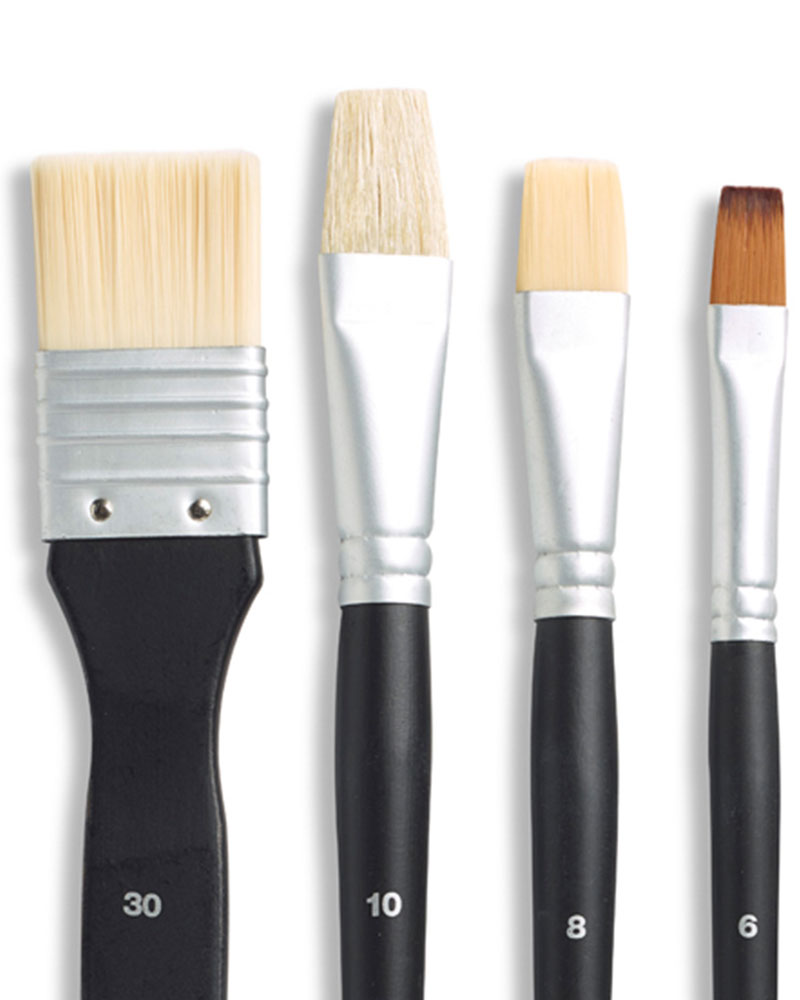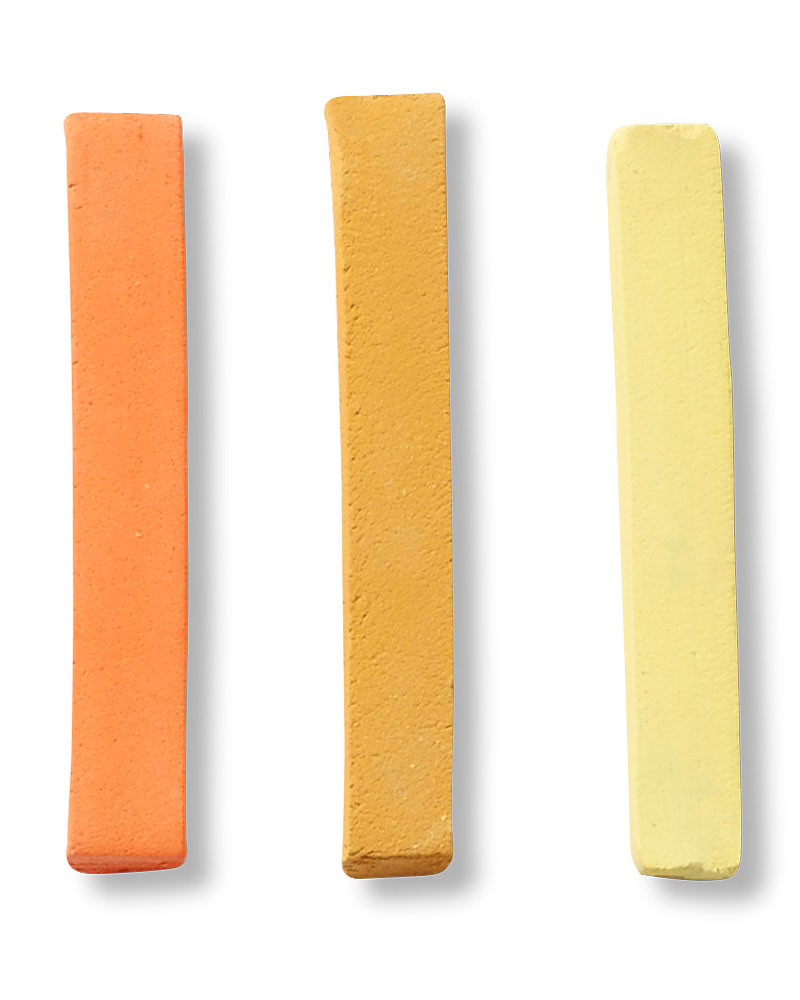How to Paint Flowers & Trees with a Paint Knife
Unleash your inner Rembrandt and create tantalising textures and poignant patterns with your Reeves paint knives and oil or acrylic paint. Unlike painting with a brush, a paint knife creates new artistic opportunities to add super fine line and other details to your painting. If you have ever watched a Bob Ross video as he conjures whole landscapes out of thin air in a matter of minutes, you will have noticed the ease with which he uses paint knives to add textures, effects and details – not only for bigger details like mountain landscapes, but also trees and other flora. Read the Reeves guide on paint knives tips & tricks for more information.
What if we told you that creating wonderful masterpieces with a paint knife doesn’t have to be complicated and intimidating? Every budding artist can start exploring what happens to oil and acrylic paint when it is applied with something other than a paint brush. Bring your landscapes to a new level and find out how to paint flowers and trees with a paint knife.

Getting Started
Paint knives come in a wide range of varieties, with varying blade sizes and shapes that will impact the shape and texture of your trees and flowers. Before you start on your actual masterpiece, create a test canvas where you can freely explore how to use your various paint knives to get different results. Short blades create angular strokes whereas longer blades allow you to paint elongated strokes of colour. Paint knives with sharp tips are great for scratching into the paint, a technique called sgraffito. Rounded tips are fantastic for dabbing and building up layers. Then there are also paint knives with rectangular tips. Don’t be put off by so many choices, embrace it instead and find your inner Bob Ross or even inner Rembrandt, both famous knife painters. Should you make a mistake, simply see it as a happy accident and let your creativity flow. Your masterpiece will have a different finish based on whether you used acrylic paint or oil paint.

Painting Trees with a Paint Knife
For fir type and conifer trees, select the paint knife that allows you to create thin, horizontal lines along the canvas. Use a dark base for the full trunk and follow up with a lighter colour that will only partially cover the darker paint to give your newly created tree trunk more dimension. Once the trunk has been painted, move on to the needles. Use a dark green paint as a base, blotting your canvas with green paint – start wide at the bottom, narrowing your vertical lines as you move to the top of your tree. To add more dimension and depth to your fir trees, follow up with a lighter green paint for accentuation once your base layer has been painted on. You could add smaller touches of even lighter green paint, or go for a snowy landscape by adding white accents.
For broadleaf trees, such as maples or aspen trees, first create a wide-set tree trunk. Use a dark brown base, adding auburn or grey to white accent depending on the type of tree you want to recreate. Broadleaf trees really allow you to unleash your creativity as you can use a broad spectrum of colours for its foliage. Depict an autumn scene with fiery reds, oranges and yellow or encapsulate the start of spring using fresh green colours that simply pop off your canvas. Have fun and explore a full palette of colours to pay homage to the world-renowned artist Leonid Afremov whose oil paintings are famous for his use of vibrant, expressive colours applied by paint knives.
For the leaves, use a blunt paint knife to emulate their general shape. A rounded tip will have a distinctly different finish than a more pointed tip. Make sure to test out what shape and finish you prefer before choosing your final knife.

Painting Flowers with a Paint Knife
The possibilities are absolutely endless when painting flowers with the use of a paint knife. Budding artists can have so much fun exploring this medium to paint a wide selection of blooms. Whichever paint knife you choose to use will be distinctly impacted by what type of flower you want to paint. Do you want to paint romantic roses, lavish lilies or charming chrysanthemums? Each of these flowers will call for a completely different tool and technique.
For roses and other flowers with big rounded petals, use a short-bladed and round-tipped knife. This gives you full control over the shape and sizes of your petals. You can mix different colours of red and yellow to give your flowers optimal vibrancy. Start with the centre, using short strokes of the knife and move outwards to finish with the outer leaves.
For lilies and other flowers with longer petals, find a paint knife with a longer blade with a slightly narrowed tip. As the shape is less rounded and more elongated, you want to create a different effect than you did for your rose petals. Lilies are fun flowers to tackle, they are trumpet-shaped and also have stamens for which you can use the side of your paint knife to create narrow, thin lines.
Chrysanthemums and other flowers with many small petals give you a whole different challenge. You will need a paint knife with a narrow tip for you to be able to create the effect of all small petals coming together to form these beautiful flowers. Work your way outwards so you can carefully layer the small petals.
Explore the wonderful world of acrylic and oil paint with paint knives. Don’t be frustrated if your tree or flower doesn’t quite work out the way you had planned – it takes practice, patience and dedication to master the art of paint knives. If you are new to acrylic or oil paint altogether, read the handy Reeves guides on oil paint and acrylic paint.
Oil or acrylic paint, some canvas or paper and your paint knife!
Share your work with the world
Tag your masterpiece with #wearereeves. We’ll feature the best on our Instagram page.




